Container Architecture: A Trend on the Rise [Photos]
Shipping container architecture is a form of building design using steel intermodal containers as structural element, because of their inherent strength, wide availability and relatively low expense.
Shipping containers are in many ways an ideal building material. They are designed to carry heavy loads and to be stacked in high columns. They are also designed to resist harsh environments, such as on ocean-going vessels or sprayed with road salt while transported on roads.
Shipping container store in Joe Slovo Park, Cape Town, South Africa.
All shipping containers are made to standard measurements and as such they provide modular elements that can be combined into larger structures. This simplifies design, planning and transport. As they are already designed to interlock for ease of mobility during transportation, structural construction is completed by simply emplacing them. Due to the containers' modular design additional construction is as easy as stacking more containers. They can be stacked up to 12 high when empty.
The abundance and relative cheapness of these containers during the last decade comes from the deficit in manufactured goods coming from North America in the last two decades. These manufactured goods come to North America from Asia and, to a lesser extent, Europe, in containers that often have to be shipped back empty, or "deadhead", at considerable expense. It is often cheaper to buy new containers in Asia than to ship old ones back. Therefore, new applications are sought for the used containers that have reached their North American destination.
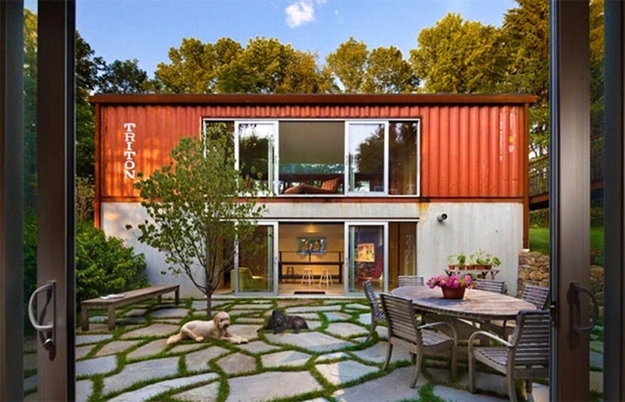
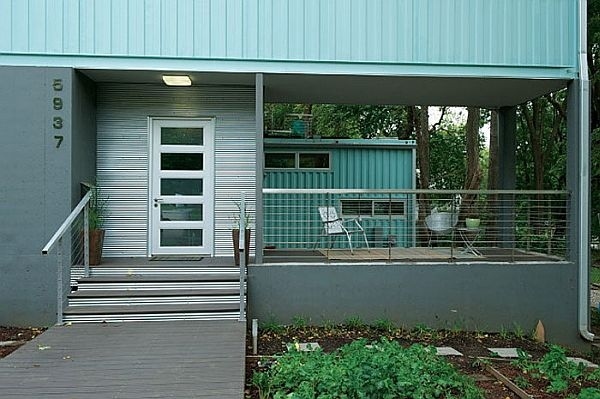
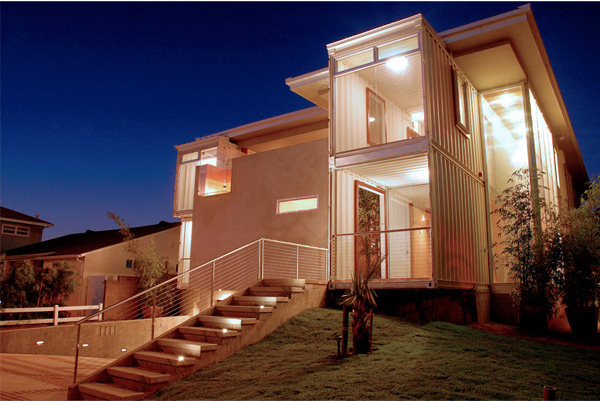


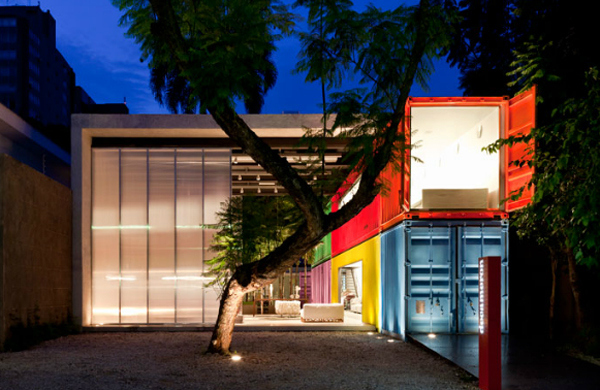
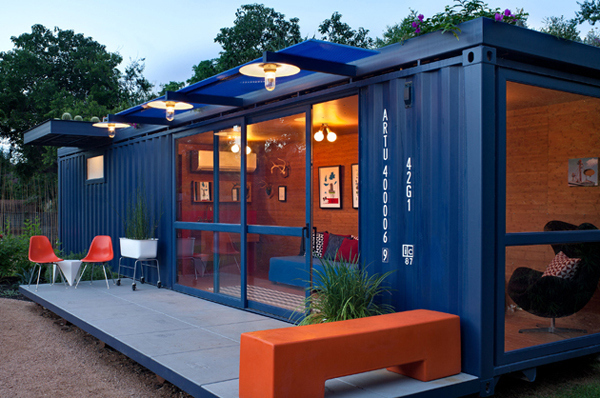
Photo Credit: http://buzzfeed.com

